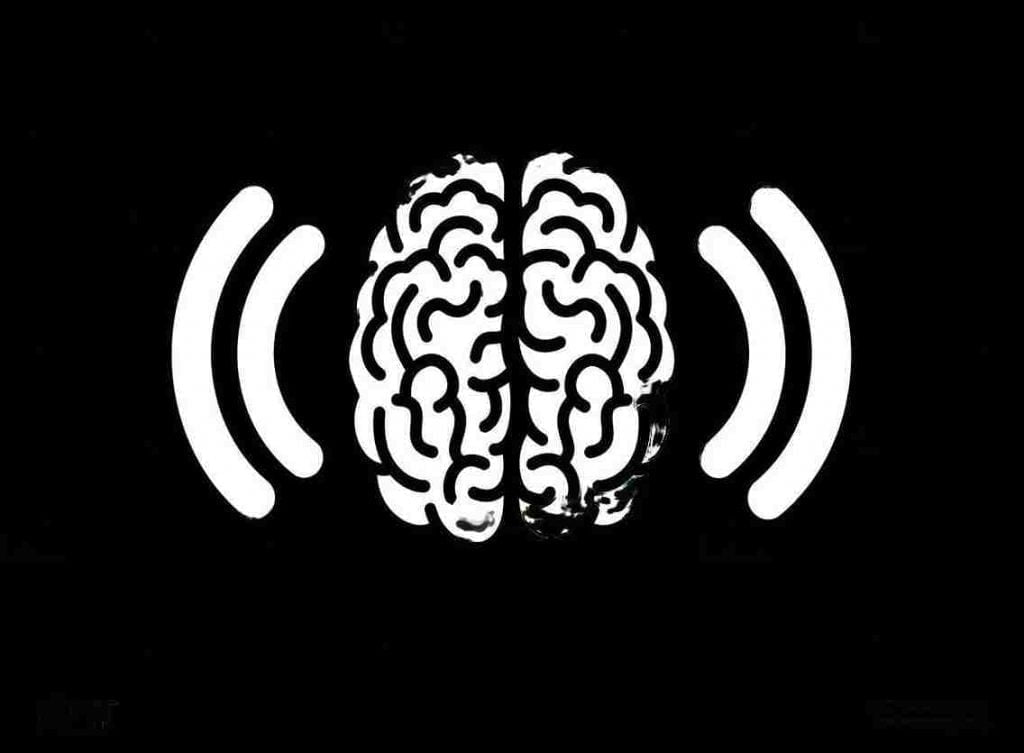Are you or a loved one navigating the world with asymmetrical hearing loss? You’re not alone. This condition can be challenging, but it should never define you.
Asymmetrical hearing loss can complicate communication and create a sense of imbalance in our lives. But what if we told you there are strategies to manage it effectively and confidently? Is it possible to break the stigma attached to this condition?
Let’s explore how.
Table of Contents
Understanding Asymmetrical Hearing Loss
Asymmetrical hearing loss is when one ear has better hearing than the other. It can either be conductive or sensorineural.
Conductive asymmetrical hearing loss (CAHL) occurs when sound cannot travel freely from the outer to the inner ear. It is due to an obstruction in the middle ear.
Sensorineural asymmetrical hearing loss (SAHL) happens when there is damage to the inner ear or auditory nerve. It makes it difficult for sound signals to reach the brain.
Challenges and Stigma
Living with impaired hearing loss can present unique challenges in our daily lives. These include:
- difficulty localizing sounds
- understanding speech in noisy environments
- feeling off-balance
Such challenges can lead to frustration, isolation, and even insecurity. Also, there is a societal stigma attached to hearing loss that can make one feel ashamed or less capable.
Let’s break the stigma! Schedule a hearing test and access resources and support without fear of judgment.
Solutions for Effective Management
The good news is that there are a wide range of hearing loss solutions available. It is to help manage asymmetrical hearing loss effectively. These can be:
Hearing Aids
For individuals with SAHL, hearing aid solutions can amplify sound signals and improve hearing ability. Advancements in technology have made it possible for hearing aids to be customized for specific types of hearing loss. These customized solutions enhance clarity and improve hearing experiences for people with different hearing needs.
Cochlear Implants
Cochlear implants can be life-changing for individuals with severe SAHL but It is not suitable for everyone. These electronic devices bypass damaged parts of the inner ear. These also stimulate the auditory nerve to send sound signals to the brain.
Assistive Listening Devices (ALDs)
ALDs can help in challenging listening environments. It enhances specific sounds or reduces background noise. They include devices such as personal FM systems, loop systems, and captioning devices.
Communication Strategies
Effective communication strategies can also improve daily life for those with hearing loss. It includes lip-reading, sign language, and optimal seating positions during conversations. Also, leveraging adaptive hearing technology can further enhance communication.
Embracing Our Differences
Coping with hearing differences can be challenging, yet, it’s important to remember that our differences don’t define us. We are more than our hearing abilities. Embrace all aspects of yourself, educate others about our condition, and advocate for inclusivity and accessibility.
Together, let’s break the stigma surrounding asymmetrical hearing loss. Be confident in yourself and your abilities.
Learn More About Asymmetrical Hearing Loss
Asymmetrical hearing loss presents challenges, but it doesn’t define us. We can lead fulfilling lives by adopting effective management strategies and embracing our differences.
Let’s discard the stigma surrounding asymmetrical hearing loss. Remember, our strengths far outweigh our challenges. Be proud, be loud, and raise awareness about asymmetrical hearing loss together!
Did you find this article helpful? If so, check out the rest of our site for more informative content.






